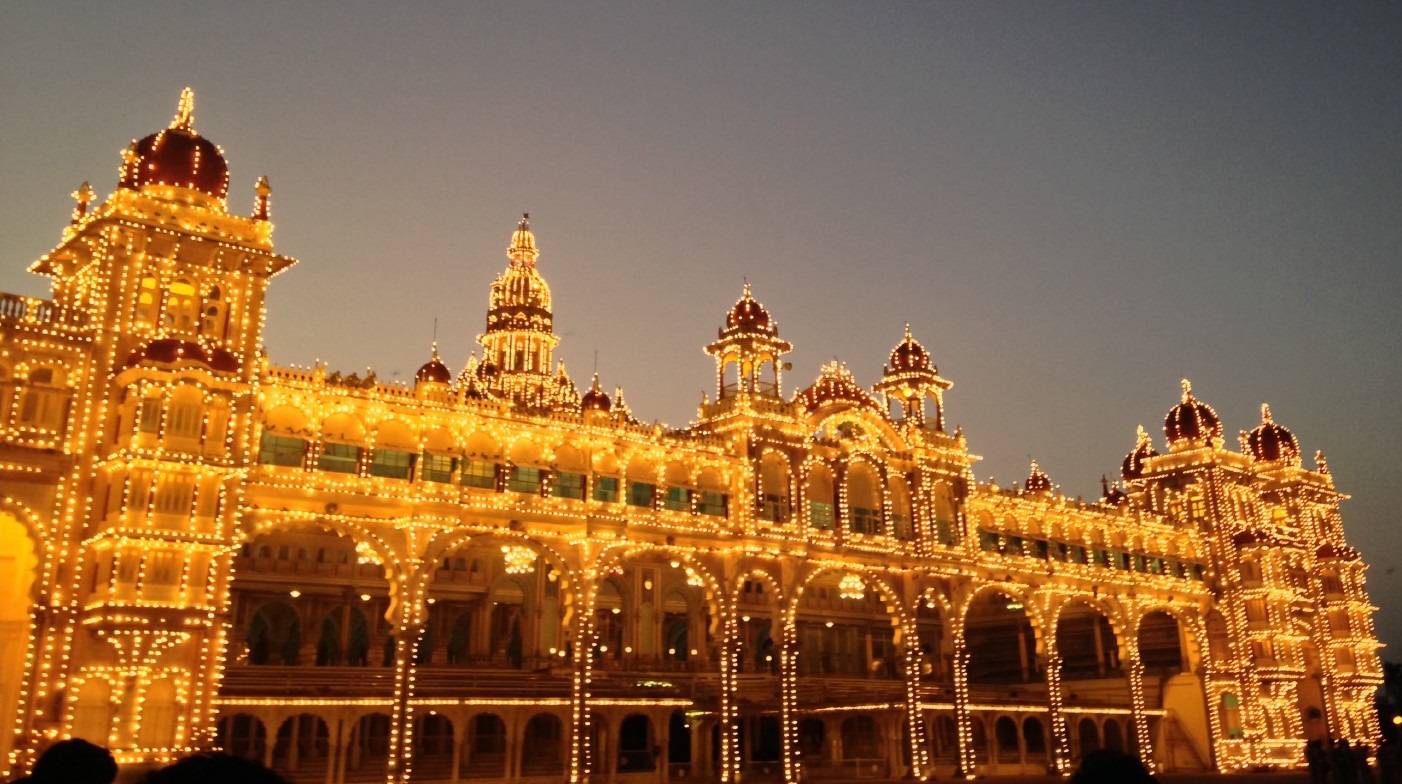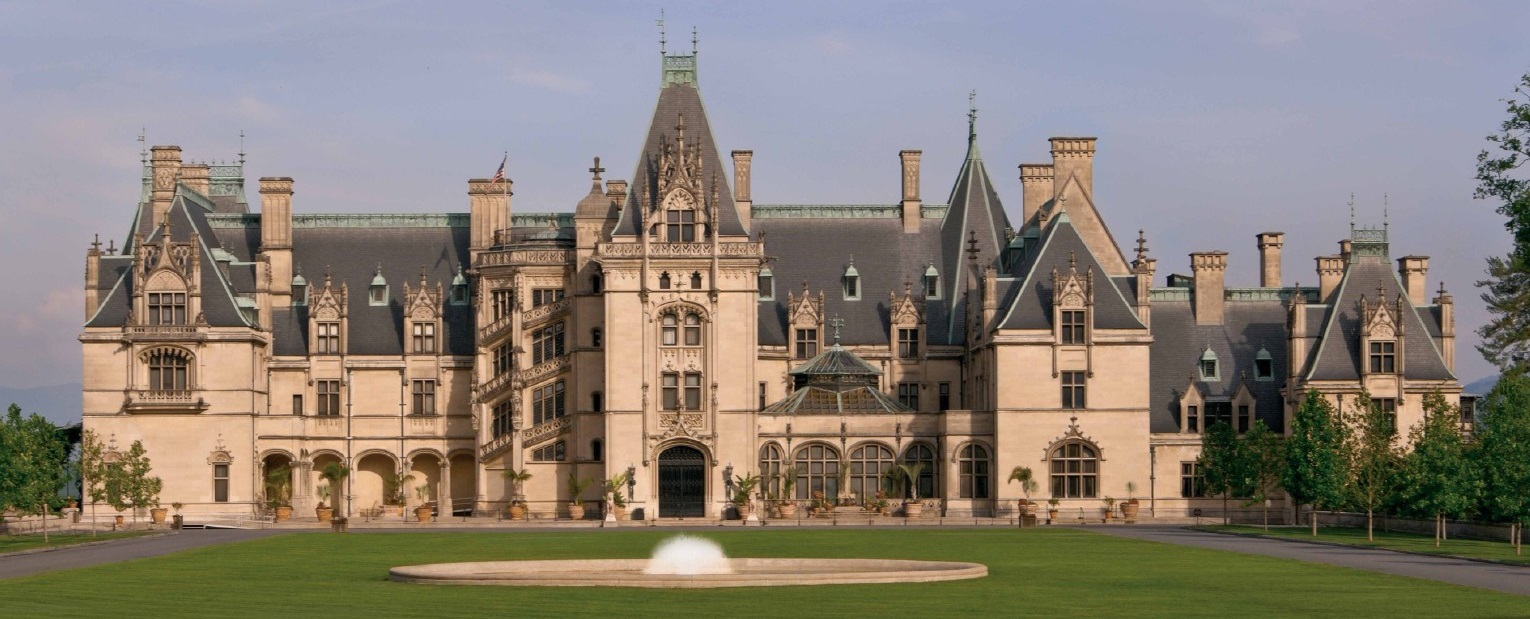If you visit the the grounds of Mysore Maharaja Palace in Mysore, India at 6 p.m. on any given Sunday, you will be greeted with a cacophony: entrepreneurial young men hawking everything from wooden boxes to light-up swords, local parents teaching their children about the history of their city, and a myriad tourists from throughout India and across the globe proclaiming their awe for this magnificent fort and palace grounds.
All will have arrived in preparation for the Palace Illumination, which takes place at precisely 7 p.m. on Sunday of each week.
Each year, approximately 3.5 million tourists visit, many to see the magnificent illumination.
The Palace is ensconced in over 98,000 individual light bulbs, the intricate system for which was included in the 1912 palace construction.
The 104-year-old palace, built as home to the Wadiyar dynasty of Maharajas, sits within the historic fort and is surrounded by an elaborate grounds containing temple structures dating to the 14th century. It was built in the Indo-Saracenic style, which was popular among British architects in late 19th and early 20th-century India.
The style combines elements of Mughal and Indian architecture with Gothic and Classical elements from Europe. Designed by famed Indo-Saracenic architect Henry Irwin, Mysore Palace is a three-story stone structure with marble domes. The front of the palace houses an open balcony designed for the Maharaja to host elaborate parties and view music and dance performances and the procession of elaborately decorated elephants during the Dasara festival each September/October.
Also inside is the Kalyana Mantapa, an octagonal wedding pavilion with a Scottish stained glass ceiling, geometric patterned glazed tiles imported from England, and oil paintings of the royal procession of the Dasara festival.
To see the riches of the palace interior, visitors check their shoes and their cameras before entering. Shoe check is nearly as loud as the palace grounds’ entrance, with hundreds of people clamoring to catch the attention of the attendants so they can match their ticket to their footwear upon exit.
Thick dust coats both the ground outside the palace and the floors throughout, covering visitors’ feet as they walk through the halls. But once inside, the voices quiet. Although the crowds are massive, the enormity of the palace provides a sense of calm. All visitors are able to view the Royal portrait room as well as the gold throne that is removed only once annually to carry the Maharaja during the Dasara procession.
Only a privileged few are invited to view the Maharaja’s private collection of family memorabilia encompassing over a hundred years. Swords of Maharajas past and the busts of magnificent animals killed on hunts serve as reminders of the storied lives played out there.
Since 1610, the dynasty has prevailed despite having never birthed a legitimate heir, having been cursed that “the Kings of Mysore suffer the pangs of childlessness.”
It is said that the curse will not be broken until Nandi, the statue of the bull incarnation of Shiva, rises and stands. Since the curse was cast, every other generation of Maharajas has suffered from infertility. The Wadiyar Dynasty has continued through a long history of adoption of nephews and grand nephews.
While Mysore Palace functions largely as a museum and historical attraction, it is still home to Royal Wadiyar family and the current Maharaja, who lives under the curse of the Wadiyars. Today’s titular Maharaja, Yaduveer Datta Chamaraja Wadiyar, was adopted after his grand-uncle, Maharaja Srikantadatta Narasimharaja Wadiyar Bahadur passed away in 2013.
The Maharaja’s private quarters are off limits to visitors.







